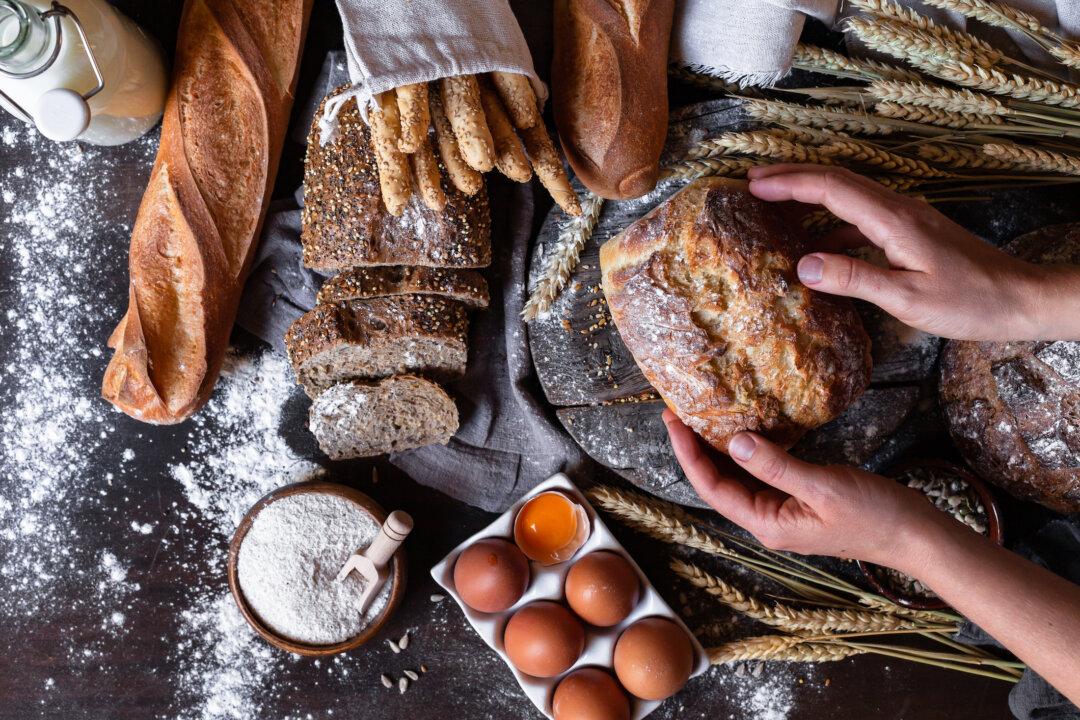Socrates said that at the root of being human is the capacity and mission to “take care of things.” One way we express this mission is by doing traditional crafts: woodworking, animal husbandry, weaving, breadmaking, pottery, bookbinding, fly-tying. They all require us to work intimately with material objects to bring them to a state of greater perfection, usefulness, and beauty. We’re “taking care” of the materials in the sense of drawing out the best that lies dormant within them, which in turn brings out the best in us.
The Worker Perfects the Craft
This is easiest to see with animal husbandry, where we take care of another life, keeping it healthy. But it’s also true that a piece of wood has potential for greater beauty and meaning. With his well-trained eye, artist’s intuition, and steady hand, the master carpenter can bring that potential into being.Philosophy professor and homesteader John Cuddeback puts it this way: “to be a craftsman … captures the great question of life: Are we the kind of person that use our reason to take care of things based on a certain objective reality there?... We discover certain beautiful things and realize how we need to work with the truth of what things are to bring them out, and in doing that it brings out who we are. And it also is a way we end up being able to serve other people, too.”






